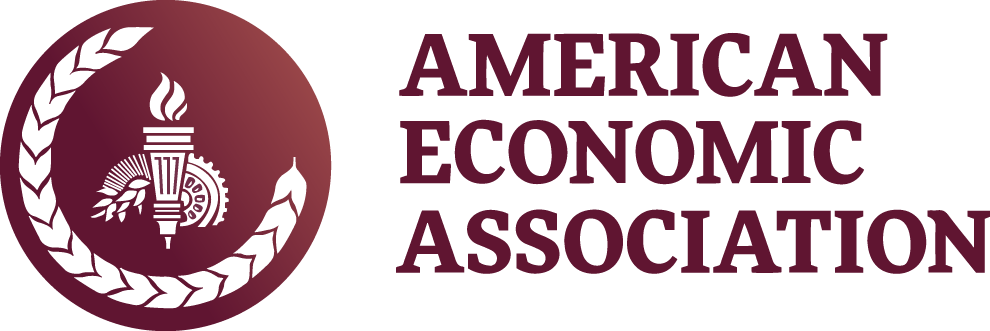Data and Code for: What to Expect from the Lower Bound on Interest Rates: Evidence from Derivatives Prices
Principal Investigator(s): View help for Principal Investigator(s) Thomas M. Mertens, Federal Reserve Bank of San Francisco; John C. Williams, Federal Reserve Bank of New York
Version: View help for Version V1
| Name | File Type | Size | Last Modified |
|---|---|---|---|
| WTE_AER_replication | 01/25/2021 02:30:PM | ||
|
|
text/plain | 19 KB | 01/25/2021 09:27:AM |
Project Citation:
Mertens, Thomas M., and Williams, John C. Data and Code for: What to Expect from the Lower Bound on Interest Rates: Evidence from Derivatives Prices. Nashville, TN: American Economic Association [publisher], 2021. Ann Arbor, MI: Inter-university Consortium for Political and Social Research [distributor], 2021-07-15. https://doi.org/10.3886/E125141V1
Project Description
Summary:
View help for Summary
These files contain the data and programs for the paper "What to Expect from the Lower Bound on Interest Rates: Evidence from Derivatives Prices," American Economic Review. This paper analyzes the effects of the lower bound for interest rates on the distributions of inflation and interest rates. In a New Keynesian model with a lower bound, two equilibria emerge: Policy is mostly unconstrained in the “target equilibrium,” whereas policy is mostly constrained in the “liquidity trap equilibrium.” Using options data on interest rates and inflation, we find forecast densities consistent with the target equilibrium and find no evidence in favor of the liquidity trap equilibrium. The lower bound has a sizable effect on the distribution of interest rates, but its impact on inflation is relatively modest.
Scope of Project
JEL Classification:
View help for JEL Classification
E52 Monetary Policy
E52 Monetary Policy
Related Publications
Published Versions
Report a Problem
Found a serious problem with the data, such as disclosure risk or copyrighted content? Let us know.
This material is distributed exactly as it arrived from the data depositor. ICPSR has not checked or processed this material. Users should consult the investigator(s) if further information is desired.
